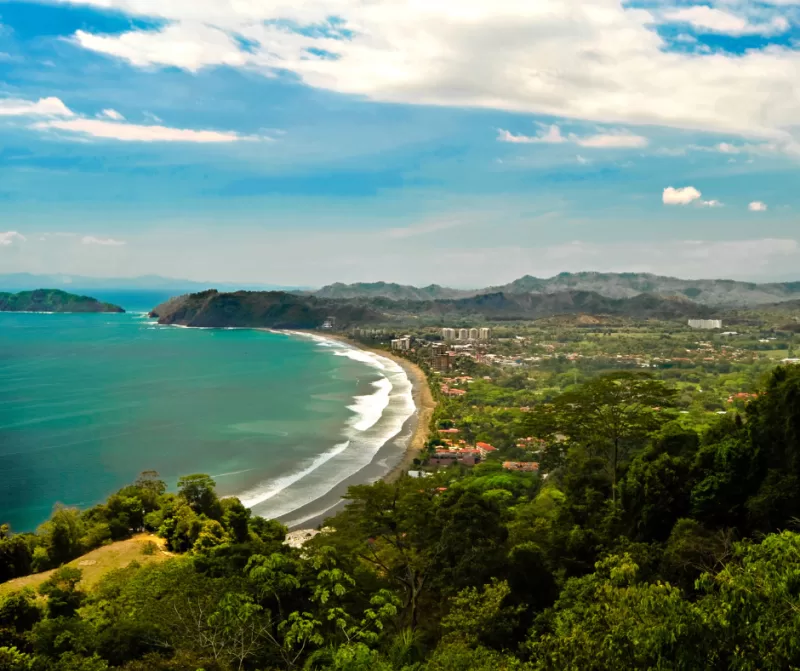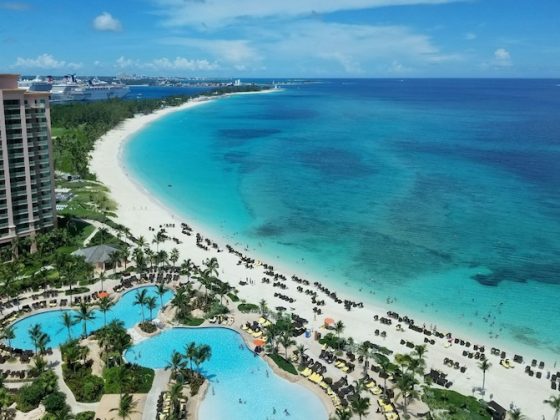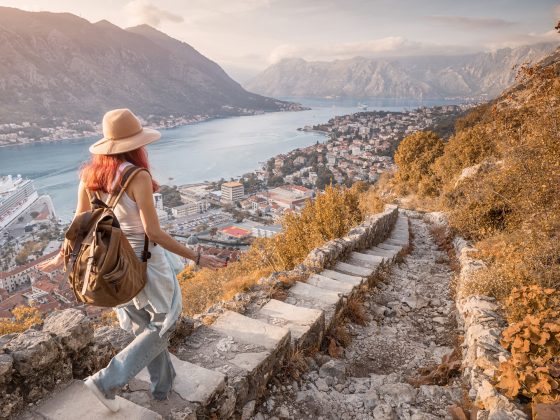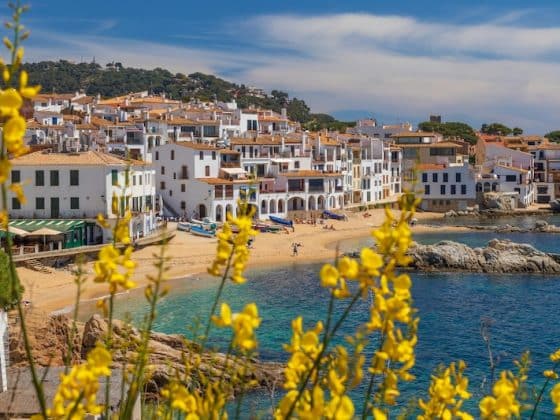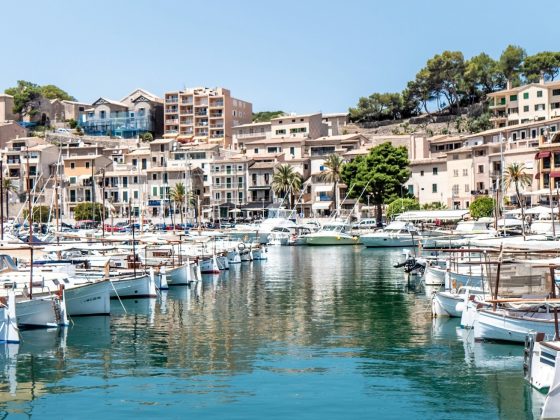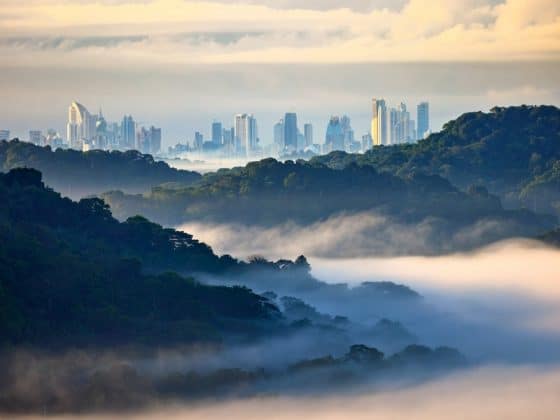Introduction
Dreaming of living amid tropical breezes, verdant jungles, and friendly communities? Before packing your bags, the most critical question is: what will your dollars (or colones) actually buy? The cost of living in Costa Rica can vary widely depending on where and how you live (city apartment or beach bungalow, local market or imported goods) but understanding those differences can mean the gap between thriving and stretching your budget too thin.
In this in-depth guide, we’ll explore what daily life really costs, from rent and groceries to healthcare, transportation, and leisure. You’ll find real numbers, regional comparisons, and simple ways to save without giving up comfort. Digital nomads, retirees, and families alike can use this as a roadmap to turn Costa Rica’s laid-back dream into a realistic plan you can actually afford.
Understanding the “Cost of Living in Costa Rica”
“Cost of living” is more than just rent and groceries. It includes everything you pay monthly: housing, utilities, food, transport, insurance, leisure, etc. The cost of living in Costa Rica is generally lower than in the U.S. or Western Europe, but it depends heavily on location, lifestyle, and personal choices.
According to Numbeo, overall costs (excluding rent) are about 22.2% lower than in the U.S., and rent is about 54.2% lower on average. Still, lifestyle plays a major role. A single person might live modestly on $1,500–$2,000 USD per month, while couples and families typically spend between $3,000–$3,500 to maintain a comfortable standard.
Read more like this Top 10 Things to Know if You’re Moving to Costa Rica
It helps to think in tiers:
- Modest/local style: favoring local markets, basic housing, minimal luxury
- Comfortable midrange: nicer neighborhoods, occasional dining out, private services
- High end / luxury: upscale housing, imported goods, frequent travel, premium healthcare
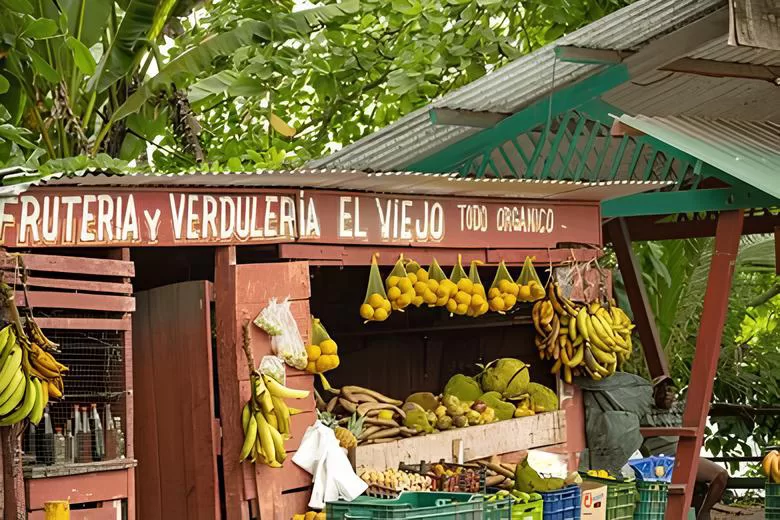
It’s a bit like choosing a car: you can drive a sturdy compact that gets you everywhere, or a luxury sedan with every comfort. Both reach the same destination, but the ride feels very different.
Regional Variation: Coastal vs Inland vs Urban
Where you live in Costa Rica matters almost as much as how you live.
| Region | Typical Rent Range* | Notes |
| San José / Central Valley (urban) | USD $550 – $1,500+ for 1–2 beds | Offers strong infrastructure, WiFi, amenities |
| Pacific Coast (tourist zones) | $600 – $3,500+ | Premium for views, beachfront access |
| Caribbean side / rural | $400 – $1,800 | More tranquil, more remote |
| Mountain & countryside | $350 – $1,500 | Cool climate, less traffic, basic services |
* These are indicative ranges and vary with amenities, view, security, and condition.
For example, a one-bedroom apartment in San José often rents for $550–$850 per month. Beach towns or high-demand areas may push that to $1,200 or more.
Thus, two people in a mid-level suburb might pay $800–1,500 total, whereas in a luxury beachfront condo you’ll pay far more.
Breakdown of Key Expense Categories
Housing & Utilities
Housing is typically the largest part of your monthly budget in Costa Rica, and, as we’ve seen, prices vary dramatically based on region, property type, and proximity to the coast. In general, the closer you are to popular expat or tourist hubs, the higher the rent.
As for utilities, expect moderate costs compared to North America:
- Electricity and water typically range from $50 to $100 per month for average use, though air conditioning can push that higher in hot coastal regions.
- Internet is well developed and generally reliable in urban centers, with fiber and cable connections (50–100 Mbps) available for $30–$60 per month.
- Garbage collection and municipal fees are usually low, around $5–$10 monthly, depending on your area.
- Gas for cooking or heating water may add another $10–$20.
In rural or coastal areas, infrastructure can be more unpredictable. Power outages or slower internet speeds are still occasional realities, so expats often budget for backup systems like solar panels or mobile hotspots. Still, connectivity has improved rapidly, especially around the Central Valley and major resort towns.
Read more like this Costa Rica Retirement
Food & Groceries
Costa Rica’s food scene is one of its biggest perks: fresh, healthy, and surprisingly affordable if you shop smart. Local produce, dairy, and seafood are plentiful thanks to the country’s fertile climate and strong agricultural base. You’ll find weekly farmers’ markets, known as ferias, in nearly every town, where locals sell fruits, vegetables, coffee, cheese, and eggs at a fraction of supermarket prices. A basket of tropical fruit, vegetables, and basic staples can easily cost under $25 USD and last several days.
That said, imported and processed foods are where your grocery bill can climb quickly. Anything not produced locally (such as certain cheeses, wines, cereals, or specialty health products) often carries a high import duty, raising the price by 30% or more. These items are also subject to Costa Rica’s 13% value-added tax (IVA), which applies to most packaged and processed foods.
If you’re willing to adapt to local eating habits, food costs remain moderate. Eating out at small, family-run restaurants known as sodas, which serve traditional meals like casado (rice, beans, meat, salad, and plantains), typically costs $6–$10 per person. At midrange restaurants, a full meal for two averages $35–$45, while upscale dining in tourist-heavy areas can reach $60–$80 for two, still below U.S. or European prices.
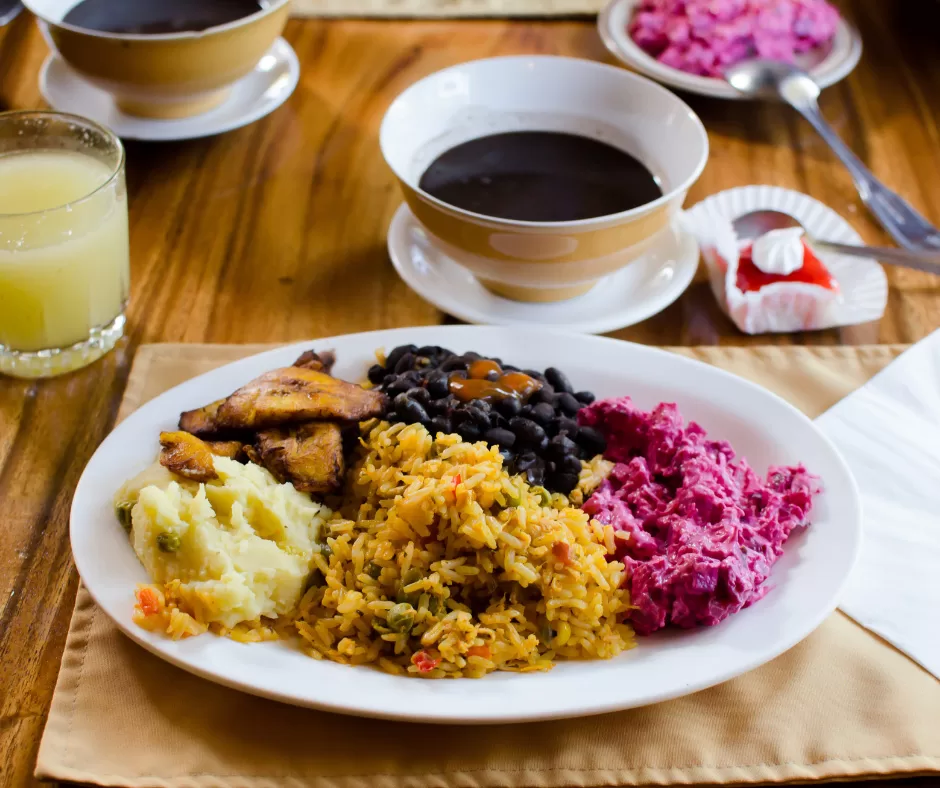
Here’s a general guide to help you budget:
- Daily meals at local restaurants: $10–$20 per person.
- Weekly groceries for one or two people: $40–$80 if you shop locally; $100–$150 if you favor imported brands.
- Coffee and dining out: A cappuccino averages $2.50, a beer around $3.50, and a cocktail about $7–$9 in midrange venues.
Comparatively, Costa Rica’s food costs are significantly lower than in North America. According to Numbeo, the average lunch in Costa Rica is about $9 USD, versus $17.60 in the United States, and a three-course dinner for two costs around $42 USD, compared to $68 in the U.S.
Transportation & Mobility
Costa Rica’s transportation system is diverse and fairly efficient, offering options for nearly every lifestyle and budget. You can get around using public buses, taxis, rideshares, domestic flights, ferries, or your own vehicle. Each comes with its own trade-offs between cost, comfort, and convenience.
Public transportation is the most affordable option. The national bus network is extensive and connects almost every city and small town, with routes running frequently between major destinations. A single bus ride typically costs around $0.85 USD, while longer intercity routes (for example, San José to Tamarindo) average $10–$15 depending on distance and company. Buses are generally reliable, clean, and safe, though travel times can be slow due to winding roads and occasional traffic.
Taxis and rideshares are widely available in cities and tourist areas. Official red taxis operate on a metered system (maria), and most short rides within town cost $3–$6. A five-mile trip runs about $13–$14 USD, slightly cheaper than the U.S. average of $15–$16 for the same distance. In recent years, Uber and Didi have expanded in Costa Rica, often offering lower fares and more convenience, especially in urban centers like San José, Escazú, and Heredia.
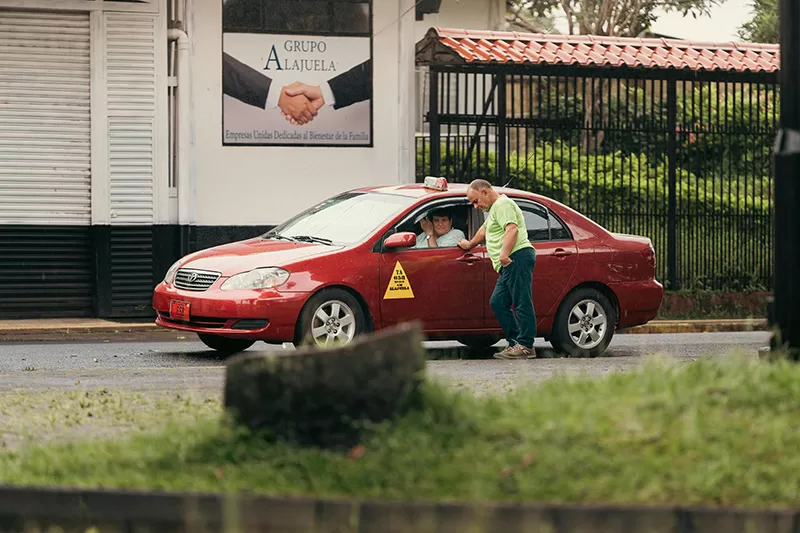
For those who prefer independence, owning a car can be useful, particularly in rural or coastal areas where public transport is sparse. However, it’s important to factor in the higher costs:
- Import taxes on vehicles can exceed 40–50%, making cars noticeably more expensive than in North America.
- Fuel prices are high, averaging $5.80–$6.20 per gallon as of 2025.
- Maintenance and repairs are common due to the country’s mountainous terrain and humid climate, which can wear on brakes, tires, and suspension systems.
- Mandatory insurance (Marchamo) and yearly inspections add around $200–$400 annually, depending on the vehicle.
That said, many expats find they don’t need a car at all. In areas like the Central Valley or coastal towns such as Jacó or Tamarindo, most essentials are within walking distance, and public transport or taxis cover the rest. Others prefer a hybrid approach: renting a vehicle for weekend trips to explore Costa Rica’s mountains, beaches, and hidden backroads on your own schedule while using buses or rideshares during the week.
Healthcare & Insurance
Healthcare in Costa Rica is one of the country’s strongest advantages, offering residents and expats access to quality medical care at a fraction of U.S. costs. The nation is known for its universal healthcare model, built on a mix of public and private systems that together create one of the most efficient healthcare structures in Latin America.
Read more like this Medical Tourism in Costa Rica
The public system, known as the Caja Costarricense de Seguro Social (often simply called Caja), provides comprehensive medical coverage for citizens and legal residents. Funded through payroll contributions and government subsidies, Caja covers routine checkups, hospital stays, emergency care, maternity services, and most prescription drugs. Once enrolled, patients typically pay little to nothing at the point of service. According to the Costa Rican government, contributions usually range from 7% to 11% of income, depending on your employment status and income level.
For many residents, Caja alone is sufficient. However, wait times for non-urgent procedures can be long, and appointments may need to be scheduled well in advance. Because of that, many expats opt for a dual-coverage model: using Caja for general care and private healthcare for faster access or specialized treatment.
Private Healthcare in Costa Rica
Costa Rica’s private healthcare sector is world-class, with internationally accredited hospitals in San José, Liberia, and Escazú. Facilities like Hospital CIMA, Clinica Biblica, and Hospital Metropolitano offer English-speaking doctors, modern technology, and short wait times.
Costs are substantially lower than U.S. equivalents:
- General doctor visits: $25–$50 USD
- Specialist consultations: $60–$120
- Dental cleanings: around $40–$70
- Hospital stays or minor surgeries: often 50–70% less than in the U.S.
For retirees and digital nomads seeking flexibility, international health insurance plans or local private policies are available for $75–$250 per month, depending on age, coverage, and provider.
Pharmacies are widespread and well-stocked, and many medications that require prescriptions in other countries can be purchased over the counter. Common prescriptions often cost 30–60% less than in North America.
Education & Childcare
Education in Costa Rica is highly valued and widely accessible, reflecting the country’s long-standing investment in literacy and learning. The nation consistently ranks among the best in Latin America for education quality and enrollment, with free and compulsory schooling from ages six to fifteen. For expats, the choice usually comes down to public schools, private bilingual schools, or international institutions that follow U.S., British, or International Baccalaureate (IB) curricula.
Public education in Costa Rica
Public education in Costa Rica is free and available to all residents, including children of foreign nationals. Classes are taught in Spanish, and the curriculum focuses on core subjects such as math, science, Spanish, civics, and physical education. For expat families looking to integrate more deeply into local culture and language, public education can be an enriching (and budget-friendly) choice.
However, most foreign families choose private or international schools, especially in areas with large expat populations like San José, Escazú, Heredia, Tamarindo, and Atenas. These institutions often offer bilingual instruction (English-Spanish) and internationally recognized programs, providing a smoother academic transition for children from abroad.
Tuition costs vary widely based on location, facilities, and accreditation:
- Local private schools: $3,000–$5,000 USD per year
- Bilingual or international schools: $6,000–$8,000 USD annually
- Elite institutions with IB programs: up to $12,000–$15,000 USD per year
Schools such as Lincoln School, Country Day School, and Blue Valley School in the Central Valley are popular among expat families for their academic rigor and multicultural environments. Some schools also include transportation and lunch in their tuition packages, while others charge separately.
For younger children, daycare and preschool options are widely available and generally more affordable than in the United States. Full-time daycare typically costs between $250 and $500 per month, depending on location and staff qualifications. Bilingual preschools or Montessori-style programs can be slightly higher but remain accessible by North American standards.
Entertainment, Leisure & Miscellaneous
Costa Rica’s lifestyle naturally leans toward the outdoors, which makes leisure both affordable and endlessly rewarding. The country’s rich biodiversity and stunning geography mean that many of the best experiences are free or low-cost, from hiking through cloud forests and swimming in waterfalls to lounging on world-class beaches or exploring national parks. Weekend adventures often cost little more than gas, sunscreen, and a picnic lunch.
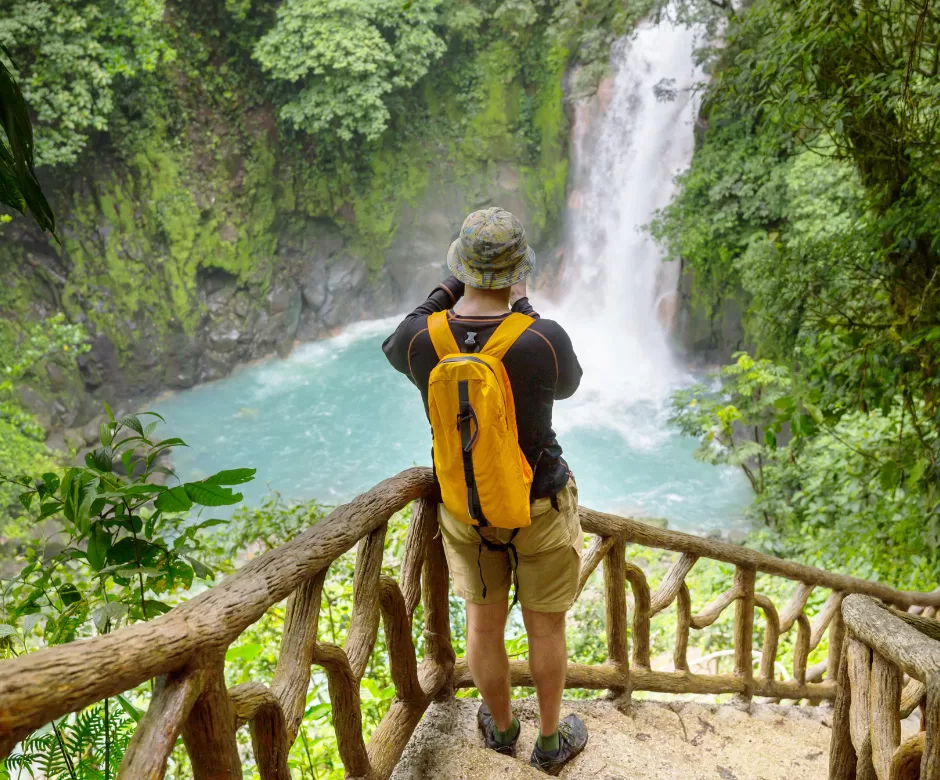
The government maintains a well-developed network of protected natural areas, covering over 25% of the country’s land, making eco-friendly recreation a way of life. Entrance fees for national parks usually range from $5 to $15 USD, and locals often receive discounted rates. Popular spots like Manuel Antonio, Arenal Volcano, and Monteverde Cloud Forest attract visitors year-round but still remain affordable for residents.
For those who prefer structured activities, gyms, yoga studios, and community centers are available in most towns. Memberships generally run between $20 and $40 per month, depending on facilities and location. In expat hubs like Nosara or Santa Teresa, you’ll also find surf schools, language classes, art workshops, and wellness retreats that combine recreation with social connection.

It’s wise to include a “miscellaneous buffer” in your budget (around $100–$200 per month) for irregular costs like weekend getaways, social events, or personal splurges. Costa Rica’s social life tends to revolve around community gatherings, outdoor markets, and casual dinners with friends, so even entertainment spending here has a relaxed, unpretentious rhythm.
Sample Monthly Budgets
Here are illustrative budgets (USD) to show how lifestyle and choices scale cost:
| Lifestyle | Single Person | Couple / Retired Two | Family (2 adults + 1–2 children) |
| Modest / Local | $1,500 – $1,800 | $2,200 – $2,800 | $2,800 – $3,500 |
| Comfortable / Midrange | $1,900 – $2,400 | $2,800 – $3,500 | $3,500 – $4,500 |
| Higher / Luxury | $2,500+ | $3,500+ | $5,000+ |
Imagine your budget like a ladder: the lower rungs give you decent functioning, and higher rungs let you reach more comfort and flexibility.
Tips to Lower Your Cost of Living
Choose location wisely
Urban or tourist zones cost more. Staying in less popular towns or suburbs can yield big savings.
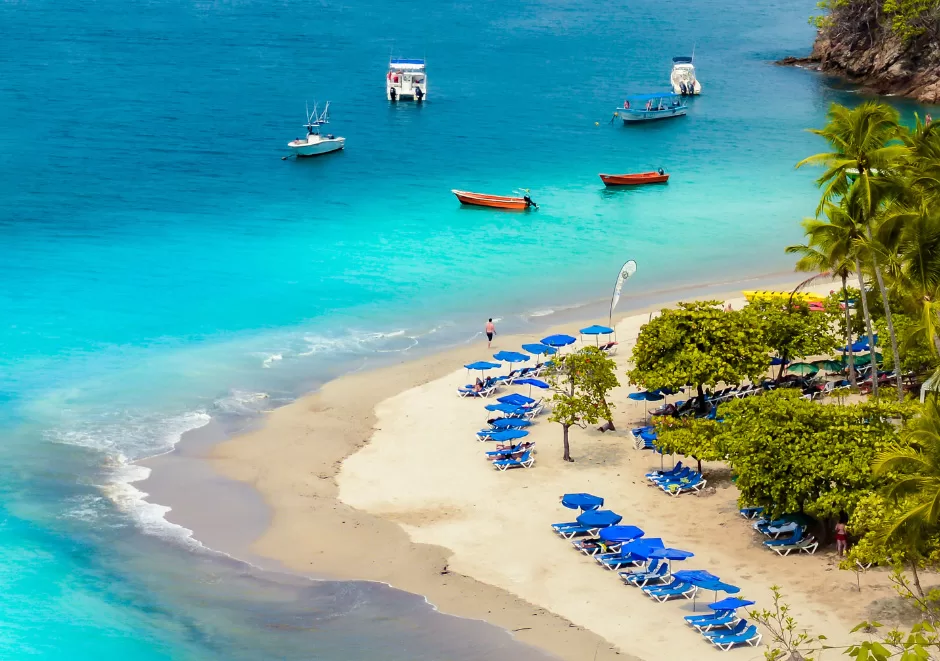
Mix local and imported goods
Favor local produce and goods; use imported items sparingly.
Use public transport / hybrid mobility
Reduce car use; walk, bike, or use buses/taxis when possible.
Blend healthcare systems
Use public Caja for routine care and reserve private coverage for specialized needs.
Negotiate housing / rent
Multi-month leases or off- season timing may bring discounts.
Stay energy conscious
Electricity can spike if you run AC constantly; use efficient appliances and awareness. Look for homes with cross-ventilation, ceiling fans, and shade trees to keep interiors cool naturally.
Leverage community & barter
Many expats and locals trade skills or share goods: think language lessons for garden produce, or pet sitting for carpentry help. Joining community groups, local WhatsApp chats, or neighborhood co-ops can open the door to these exchanges.
Read more like this Costa Rica Rainy Season
FAQs
Q1: Can you live in Costa Rica on $1,000/month?
That would be very tight. Some people report ultra-minimalist living around $1,200 in remote areas. Drink Tea & Travel But for comfort, $1,500+ is more realistic.
Q2: Does Costa Rica require you to pay U.S. taxes?
If you’re a U.S. citizen, yes, you’ll still file U.S. taxes. But Costa Rica typically taxes only income earned within the country, so your foreign (e.g. U.S.) income may be exempt (or creditable). Always consult a tax advisor.
Q3: Are utilities stable and reliable everywhere?
A: In major cities and popular towns, yes. In remote or rural zones, occasional power fluctuations or slower internet may occur. Budget for backup / contingency.
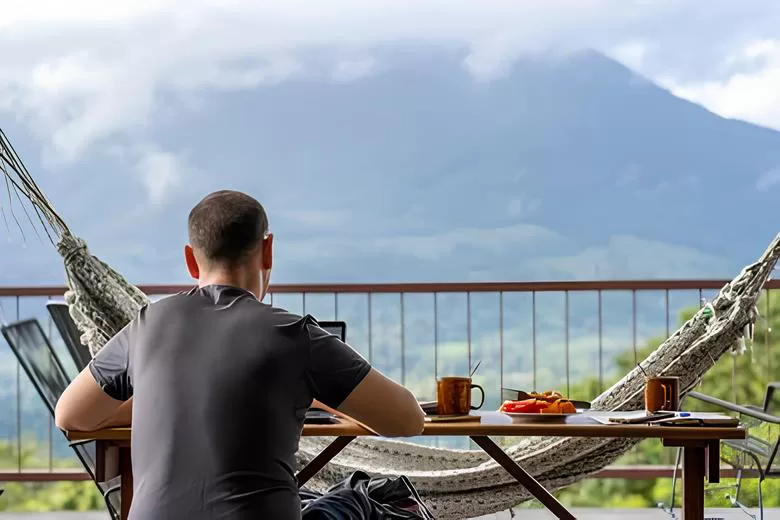
Q4: How much is public healthcare under Caja?
A: Contributions are income-based but generally modest. Once enrolled, many routine services, prescriptions, and appointments are heavily subsidized or free.
Q5: Can you own property in Costa Rica as a foreigner?
A: Yes, foreigners enjoy nearly equal property rights. However, beachfront properties often involve leases or concessions; always use a trustworthy real estate attorney.
A Life That Costs Less and Gives More
Living in Costa Rica isn’t just about lowering your cost of living, it’s about redefining what living well means. While expenses can vary by lifestyle, most expats discover that $1,500 to $3,500 per month buys far more than it ever did back home: fresh food, clean air, reliable healthcare, and a slower rhythm that prioritizes quality of life over constant consumption.
The key is balance: understanding how to spend wisely while embracing the country’s pura vida philosophy. By choosing the right location, adapting to local habits, and blending comfort with practicality, Costa Rica offers something rare: a life that feels both affordable and abundant.
In the end, the real value of living here isn’t measured in colones or dollars, but in the freedom to live deliberately, to wake each day surrounded by nature, community, and a sense of peace that money alone can’t buy.
